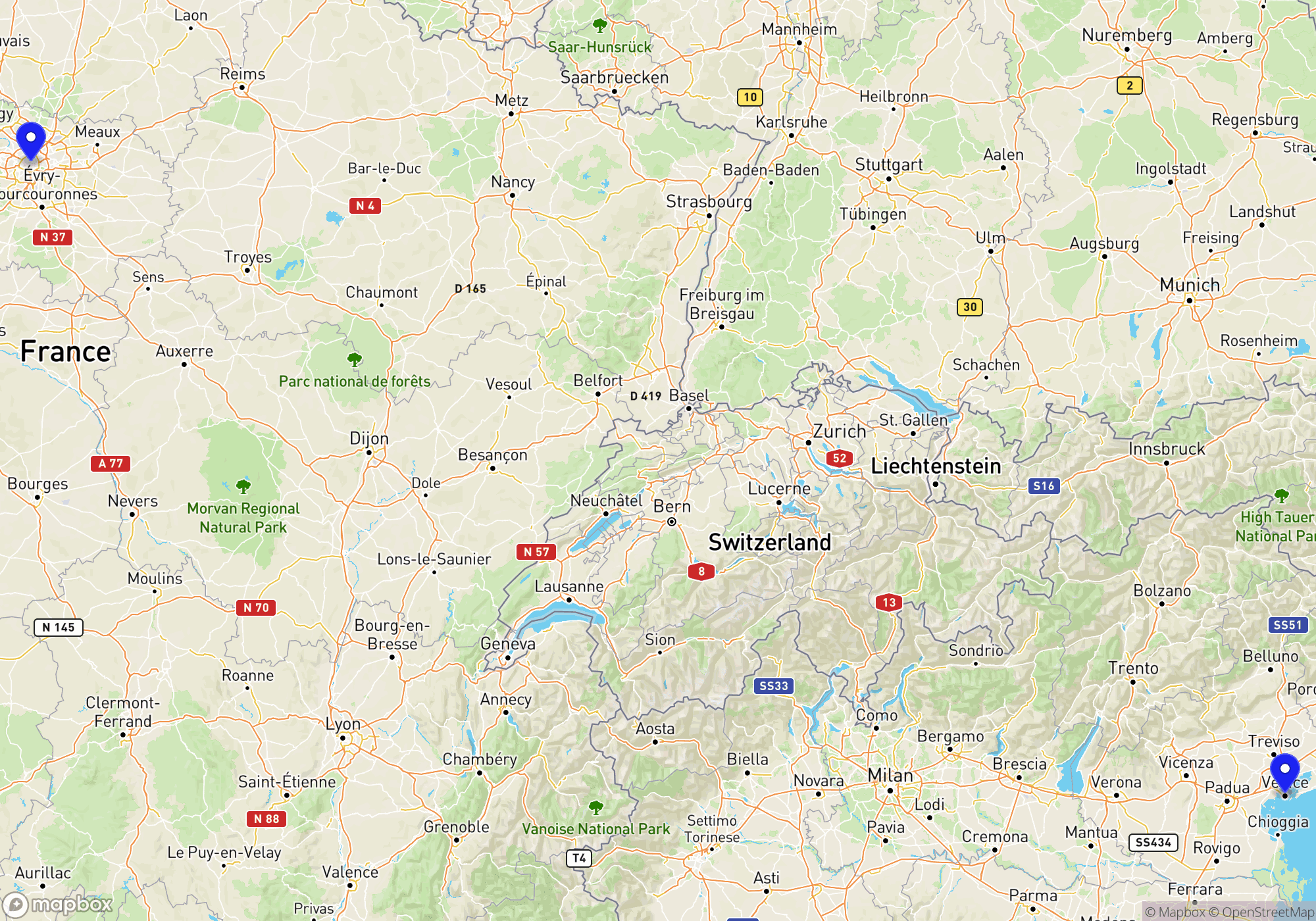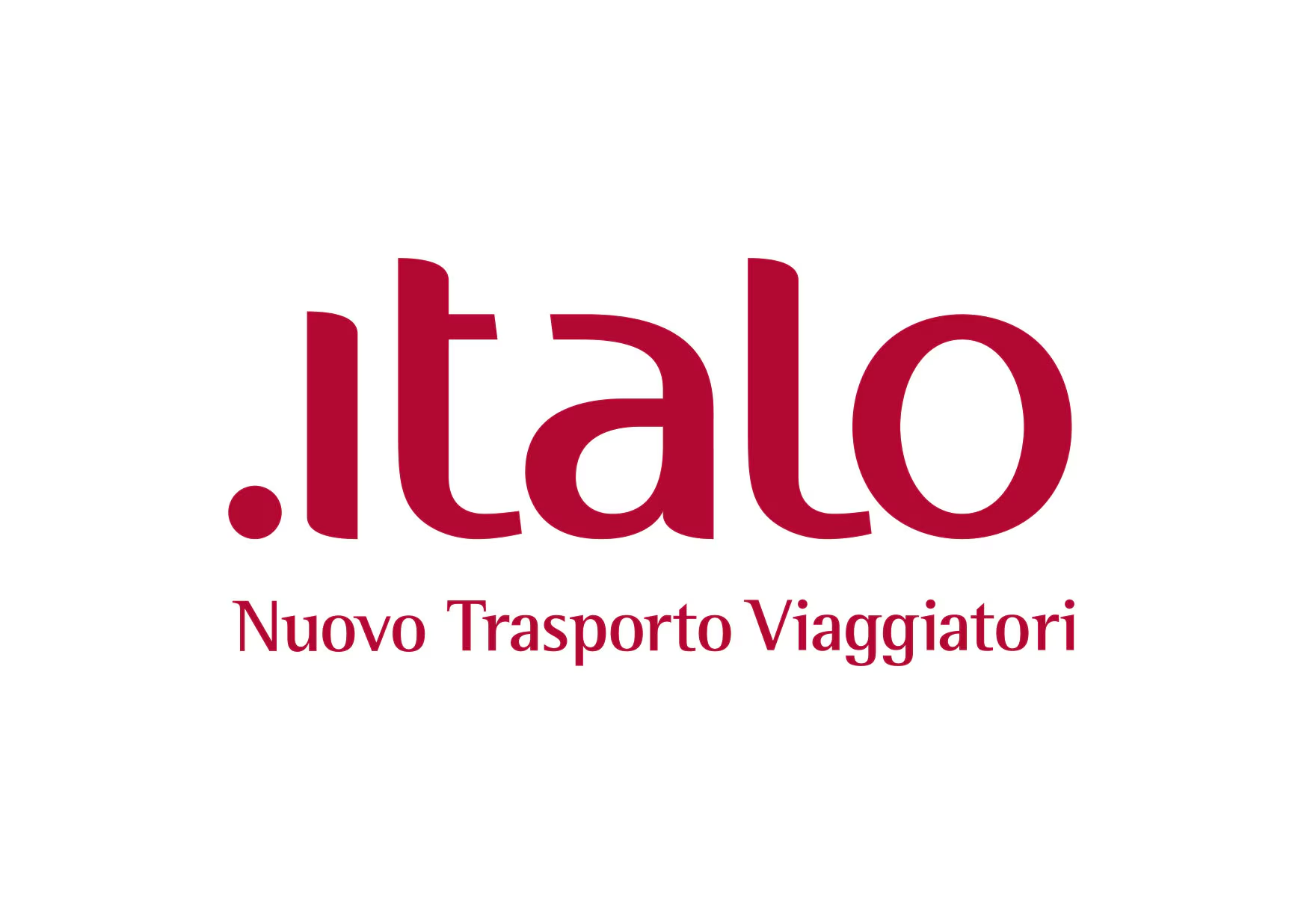
You can buy train tickets directly from the operator or through a reseller. The reseller is typically slightly more expensive (3-5%) but can provide an easier booking experience, especially if you travel with more than one operator.


These operators provide a complete journey either as a direct connection or through their partners. Even if a change of trains is involved, it’s all part of a single itinerary managed by the same train company or its partners, offering a smoother and more coordinated travel experience.



Some operators don’t run direct trains the whole way, but they serve either the departure or arrival station. In many cases, you can combine two of these operators to complete your journey by changing trains along the way. This is often a flexible and budget-friendly way to travel — especially if you’re comfortable piecing together your own itinerary.
Just keep in mind that these are separate journeys, which means a delay on the first leg could cause you to miss the second without automatic compensation or rebooking. It’s a great option for confident travelers who don’t mind a bit of extra planning.




Deutsche Bahn, based in Germany, is recognized for its efficient and extensive rail network across Europe. While it primarily operates within Germany, it also offers international services, including routes to France and Italy. Deutsche Bahn trains vary from high-speed Intercity-Express (ICE) to Intercity (IC) trains, which are slightly slower but still quite comfortable. ICE trains are known for their speed and modern amenities, including Wi-Fi, power outlets, dining cars, and comfortable seating with options for both first and second class. Deutsche Bahn has a reputation for excellent customer support, with multilingual staff available to assist travelers with inquiries or travel disruptions.
Flixbus, traditionally known for its long-distance bus service, has expanded into rail transport through FlixTrain. This operator offers affordable travel options with basic amenities. Trains usually feature Wi-Fi, power outlets, and snacks available for purchase. FlixTrain focuses on budget-conscious travelers, making it an economical choice. While the service might not boast the luxury of other operators, it provides an efficient means of transport with convenient customer service, which is mostly handled online or through their app.
Trenitalia is Italy’s primary train operator, offering services from regional commutes to high-speed long-distance routes. Their Frecciarossa trains are the hallmark of speed and comfort, competing with other high-speed European services. Trenitalia trains typically feature amenities like Wi-Fi, power outlets, and both traditional and premium dining options, depending on the class of service. Frecciarossa trains provide a range of classes including Standard, Premium, Business, and Executive, each offering varying levels of comfort and service. Trenitalia is well-regarded for its customer service, providing assistance both online and at stations with multilingual staff to cater to international travelers.
For a journey between Paris and Venice, these operators collectively offer a range of options from high-speed, premium experiences to more affordable and straightforward travel. Each service emphasizes different aspects of travel, whether speed, comfort, or budget, thereby catering to various traveler needs.
Travel from Paris to Venice by train is possible using an Interrail Global Pass for those who are residents of the EU since it covers multiple countries, including France and Italy. An Interrail One Country Pass would not be valid for this journey since it only covers travel within one country. On the other hand, a Eurail Pass is suitable for non-EU residents and would also be valid for travel from Paris to Venice, covering multiple countries along the route.
Upon arriving in Venice by train, you’ll find that the city’s unique layout relies heavily on water-based transportation. One of the primary modes of transportation is the vaporetto, or waterbus, which acts like a public transit system on water, running along the Grand Canal and to various islands in the Venetian Lagoon. Vaporetto tickets can be purchased at vending machines or ticket booths near major stops, such as the one outside Santa Lucia train station. While in Venice, you can also use the traghetti, which are gondola ferries used to cross the Grand Canal at various points for a small fee. There are also water taxis available for hire, offering a more direct and private way to navigate the canals, though they are typically more expensive than the vaporetto. For short distances and a more traditional experience, you can also hire a gondola for a scenic ride through the smaller canals, though this is usually more for sightseeing than transportation. Walking is another essential way to get around since many areas of Venice are pedestrian-friendly, allowing you to explore the narrow streets, bridges, and beautiful architecture on foot. Notably, Venice does not have a metro or tram system, and ridesharing services are not available as cars are not permitted in the city center. However, on the mainland area of Venice, such as Mestre, you can find trams and buses if you need to travel to or from the city.
Venice, a major hub in Italy’s rail network, offers efficient and scenic train connections both domestically and internationally. Domestically, one of the most popular routes is from Venice to Milan, which can be covered in around 2.5 hours by high-speed trains like Trenitalia’s Frecciarossa or Italo’s trains. Another key domestic connection is to Florence, taking around 2 hours with similar high-speed services. For those heading to Rome, trains from Venice cover the journey in approximately 3.5 to 4 hours.
Internationally, Venice is well-connected to major European cities. The train to Vienna, Austria, takes around 7.5 hours with direct connections available. Travelers can reach Munich, Germany, in about 7 hours by taking direct trains like those operated by ÖBB or DB. There are also overnight train services for those wishing to travel further afield, such as to Paris, though services generally require a transfer, typically in Milan, making the journey time approximately 10 to 11 hours in total. Venice’s Santa Lucia train station is the starting point for most of these routes, providing travelers with a convenient central location both for arrivals and departures.
The best time to visit Venice is generally from late April to early June and September to early October. During these months, the weather is pleasantly mild, with lower humidity and temperatures ranging from the mid-60s to mid-70s Fahrenheit, perfect for exploring the canals and alleys without the intense summer heat. Prices for accommodation and train travel are more reasonable than the peak summer months, making it an attractive period for cost-conscious travelers. Avoiding the midsummer rush means you’ll also encounter fewer crowds, allowing you to enjoy Venice’s iconic sights more serenely. Furthermore, spring and autumn often coincide with local festivals such as Festa della Sensa in May and Regata Storica in September, offering unique cultural experiences. It’s worth noting that autumn may bring occasional acqua alta (high water), but its occurrence has become less disruptive and offers its own charm, with fewer tourists and evocative reflections in the flooding streets.
When traveling by train from Paris to Venice, it’s important to pack a variety of items to make both the journey and your stay more comfortable. Bring your passport for identification purposes and to cross international borders. If you’re an EU citizen, a valid national ID card might suffice. Ensure you carry your train tickets, either printed or accessible via a mobile app. Pack a universal power adapter, as Italy uses a different plug type (Type L) compared to France (Type C and E). A portable charger for your electronic devices is highly recommended for long travel durations, along with headphones for personal entertainment. Comfortable clothing and a light jacket or sweater are advisable, as train temperatures can vary. Don’t forget essential toiletries, snacks, and a refillable water bottle to stay hydrated. While in Venice, comfortable walking shoes are a must due to the city’s cobbled streets and stairs. A small umbrella or rain jacket could be useful, as sudden rain showers can occur. Bring your camera or smartphone with sufficient storage for photos, as you’ll want to capture the picturesque views of Venice. Lastly, consider carrying a travel guide or map for navigation, especially if you plan to explore off the beaten path.